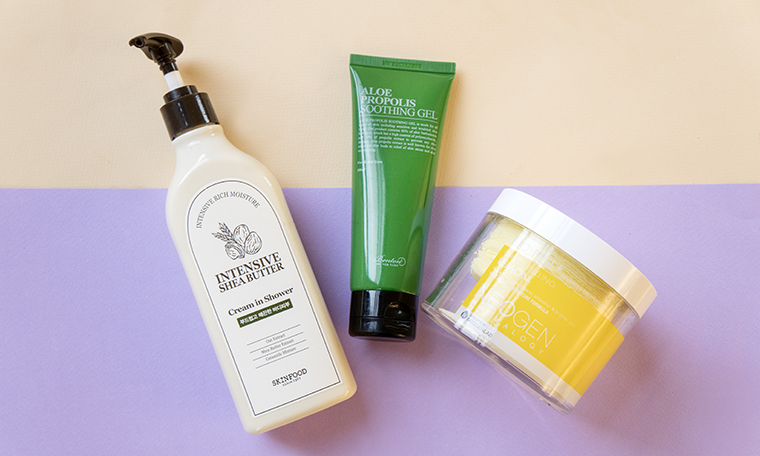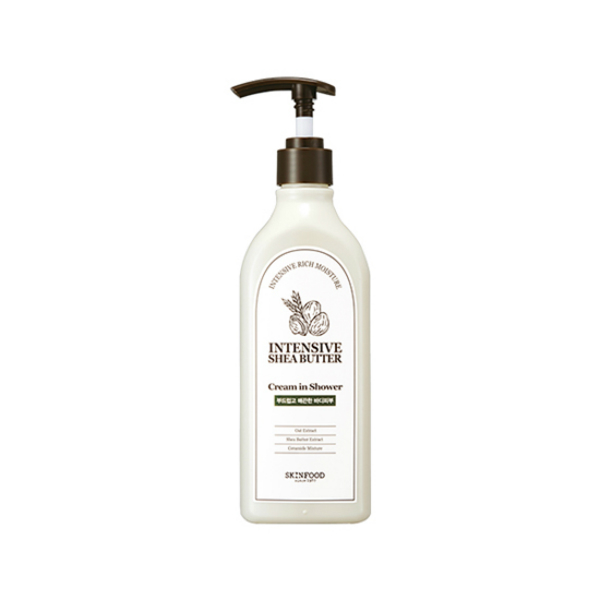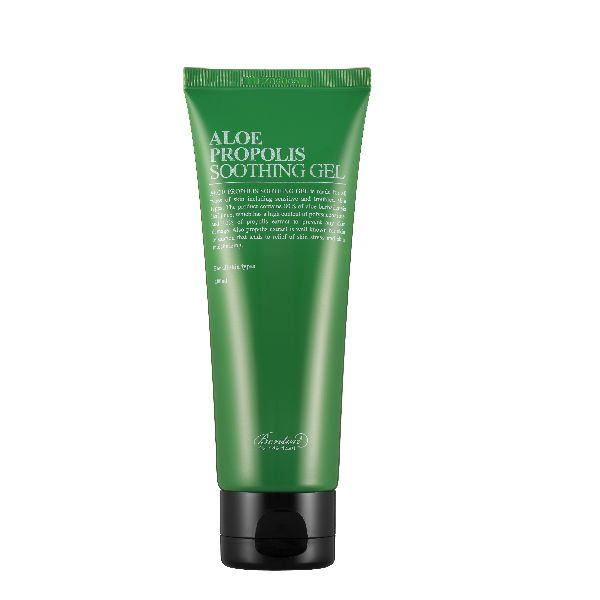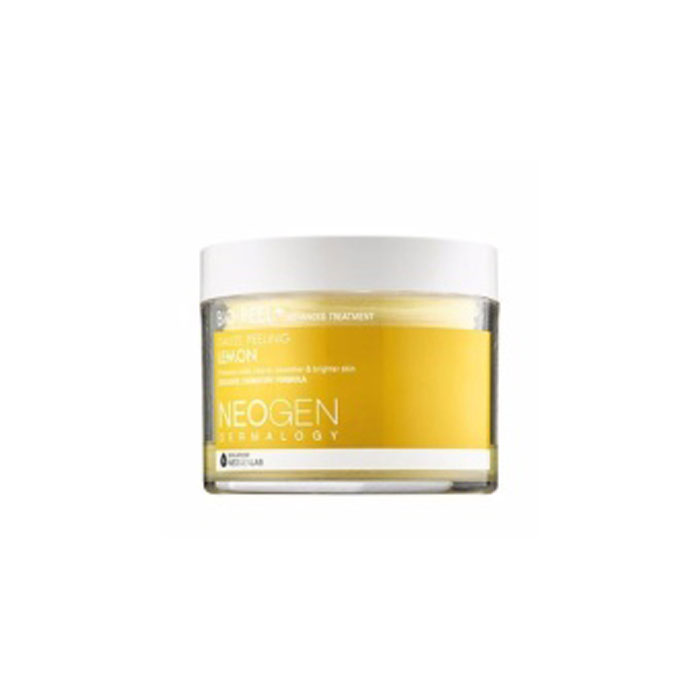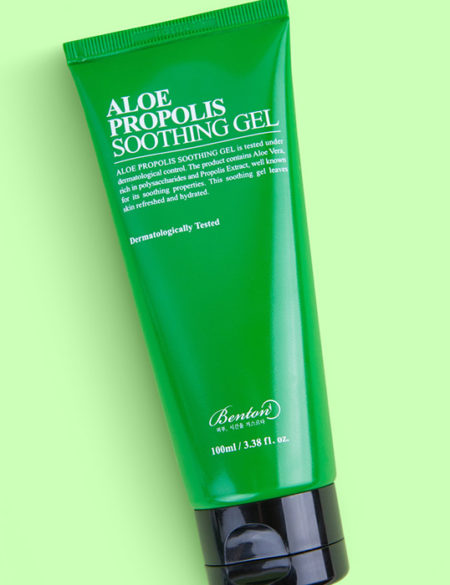Wondering how to treat skin after hair removal? We listed the best methods for every type of hair removal process out there.
Hair removal. It’s certainly not the most glamorous part of skin care to talk about, but let’s be real, if you’re having skin trouble in those areas it can be a BIG problem. Most people have hair in places they don’t want, and the things they do to get rid of it—whether it’s waxing, laser, or even creams—can cause different skin concerns, such as ingrown hair, irritation, and dryness.
TMI, but I’ve been waxing since I was 12, and shaved for the first time due to an “emergency” need to wear shorts on a trip when I was 22 and nowhere near a reputable waxing establishment. I also had a brief stint in college with Nair due to an insane course load and all around lack of personal care time.
So you could say I’ve delved into the world of hair removal a fair bit. I have very sensitive skin and always dread that period during hair regrowth where things go wrong—itchy bumps, irritated and flakey skin, you name it. I’ve tried serums and oils, but I figured now was time to get to the root of the issue. I reached out to some amazing dermatologists—Vivian Bucay of Bucay Dermatology and Aesthetics and Karen Hammerman and Michele Farber of Schweiger Dermatology Group—to get the answers on how to treat skin after hair removal process.
Method: Shaving
Concern: Razor Burn
Pros: It’s affordable and easy to do.
Cons: Well, there’s the whole cutting yourself on accident business, but with a little practice that should be avoidable. And then there’s razor burn, which is like a super raw rash.
Bucay recommends: “For those prone to razor bumps (irritated/inflamed hair follicles), use an over-the-counter benzoyl peroxide wash as a shaving lotion. Regular use of a lactic acid cream or a glycolic acid body wash are other options for keeping skin exfoliated.”
In addition to exfoliation, it’s important to moisturize to prevent flaky, itchy patches. After shaving I like to use the Skinfood Intensive Shea Butter Cream in Shower to make sure I moisturize right away and keep the dry skin at bay.
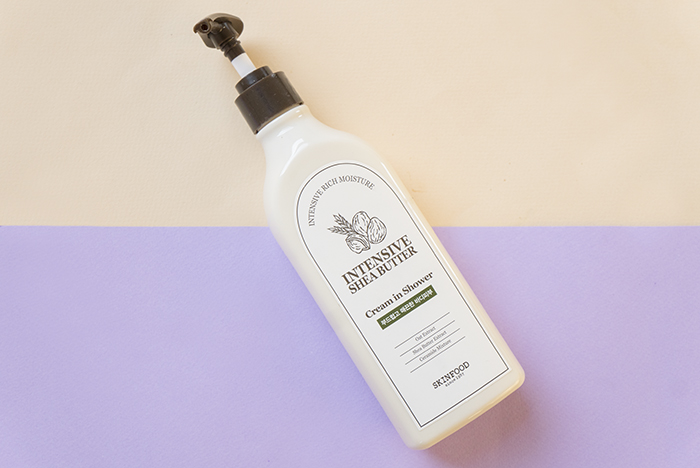
Method: Waxing
Concern: Ingrown Hair
Pros: Waxing can keep hair gone for a really long time. I would sometimes be able to go for four weeks without stubble. It also leaves your skin smoother than normal shaving can. It’s expensive and time consuming but I think it’s still one of my favorite methods because of convenience and skin texture. It also reduces regrowth when done consistently.
Cons: It can lead to ingrown hairs. This is something I found to be chronic problem while I was waxing, and a huge drawback.
“The key to avoiding ingrown hairs is to keep the skin exfoliated (but not overly so—you don’t want your skin to be raw!) so that the hair is not blocked by dead skin as it grows out,” says Bucay. “Ingrown hairs typically happen when there is dead skin or something else obstructing the pore, causing the hair to go grow back into the skin, resulting in inflammation. Also, removing hair in the direction of hair growth can help reduce the risk of ingrown hairs. Dry brushing the skin with a body brush to remove any dead skin buildup is a gentle way to exfoliate the skin.”
Hammerman suggests exfoliating skin two to three times a week to prevent ingrowns and that there’s a method to exfoliation if you already have ingrown hairs.
“If you’re already suffering from one, exfoliate the area with a gentle scrub like Peter Thomas Roth Clinical Skin Care Botanical Buffing Beads Body Wash,” she says. “To prevent them from developing after shaving, use a daily body lotion with alpha hydroxy acids, like the Eucerin Dry Skin Therapy Plus Intensive Repair Enriched Lotion; this will loosen dead skin to prevent hairs from getting trapped beneath skin. If you’re prone to developing them after a wax, apply the lotion to the area two days before and three days after your appointment.”
My personal favorite K-beauty hack for post hair removal exfoliation is using the Neogen Bio Peel Gauze Peeling Lemon. These pads are awesome for your face but can also be used on your legs! Around the second day after waxing, I make sure to rub these on the areas on my legs that were waxed to help prevent ingrowns. But don’t just try any chemical or physical exfoliant on hand down there; it could end badly. Be sure to confirm with your derm what is safe, or do a very small patch test!
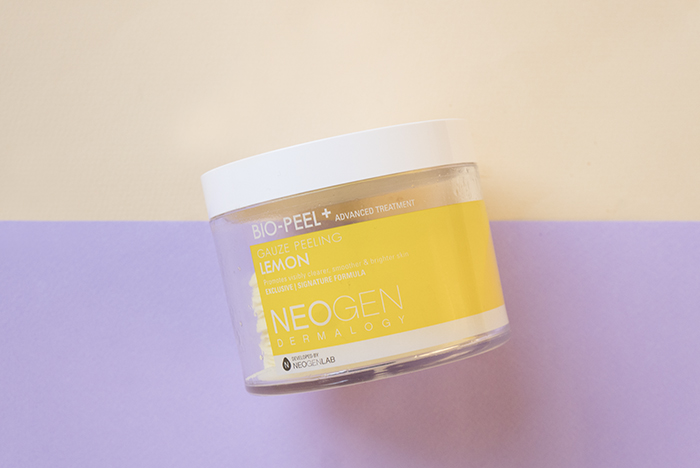
Bucay adds, “I also tell patients who are prone to skin irritation after waxing to apply an over the counter 1% hydrocortisone cream immediately post waxing and then twice daily for a couple of days.” I have actually tried this trick and it’s really a lifesaver, and tends to be better on my sensitive skin than those heavily scented products you get at the waxing place.
Method: Hair Removal Creams
Concern: Skin Irritation
Pros: It’s great if you want to remove hair and need a break from shaving and waxing.
Cons: The chemicals can be harsh for sensitive skin, and you can often have an allergic reaction to one of the ingredients in the cream. They also smell weird.
“Creams like Nair and Veet are called chemical depilatories, and they work by using chemicals to break apart chemical bonds within hair, making the hair weak and easy to wipe away,” says Hammerman. “A commonly used chemical is calcium thioglycolate, which breaks disulfide bonds.”
Chemical depilatories work by weakening hair in the follicle below the skin’s surface. “This means that the treated areas may feel smoother than if you shaved, and it may take longer for the hair to grow long enough to feel or see again,” says Hammerman. “The drawback of chemical depilatories is that they can irritate the skin, as it’s possible to be allergic to an ingredient in the cream.”
So like most skin care, it’s best to do a patch test—preferably somewhere with little to no hair. Also, be extra careful if you plan to apply a chemical depilatory to a more sensitive area and be sure to follow the product instructions closely.
Hammerman recommends: “If you’re going to use a chemical depilatory, you can do a few things to ensure the best outcome possible. First, don’t treat infected or inflamed skin. And make sure the area is clean and dry; don’t put any other creams or lotions on the skin before treatment that aren’t part of the chemical depilatory.”
Method: Laser
Concern: Pigmentation
Pros: It’s a super permanent method and will be an investment in the long term.
Cons: Laser is pretty costly and can be painful. It’s also not an option for everyone since laser attacks melanin or pigment in the skin, causing discoloration.
So how exactly does laser work? “Laser works by targeting the melanin (pigment) in the hair follicle,” says Bucay. “The heat generated by the laser damages the follicle so that it’s weakened and cannot produce hair. It’s important to keep in mind that lasers work only on actively growing hair, and not all hair follicles are in the active growth phase at the same time. That is why multiple sessions are required to achieve permanent hair reduction, although many people notice thinner growth after a couple of laser hair removal sessions.”
However, laser removal is pricey and not for every skin type. “Laser hair removal might darken or lighten the affected skin, usually temporarily,” says Hammerman. “Skin lightening primarily affects those who have darker skin, especially if an incorrect laser is used at an incorrect setting.” She also warns that although not common, you could be at risk for an infection if you do not do proper post care.
Farber clarifies: “Post care after lasers is best guided by your individual provider, but generally includes good sun protection with SPF 30 or above, a hydrating cream moisturizer, and gentle cleanser for irritation, peeling, or sun sensitivity.” So stick to those and you should be in the clear! Anything else strange and be sure to reach out to your dermatologist.
Also, for any treatment that causes redness and swelling, Hammerman recommends “a clear aloe vera gel on the treated area for two to four days.” So if your legs or face need some R&R, try using the Benton Aloe Propolis Soothing Gel.
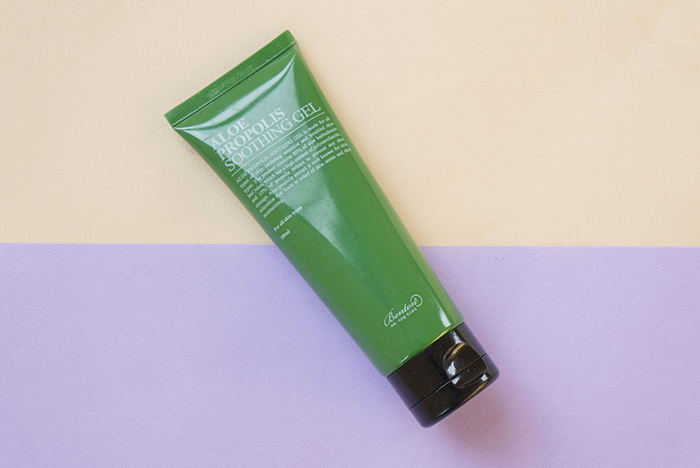
So everyone can shave, but who should wax and who should laser?
Those who tend to develop pigmentation easily should probably avoid laser hair removal. “It doesn’t mean you’re not eligible,” says Bucay. “But you want to make sure you’re in good hands, because targeted heat like the one provided by laser hair removal can occasionally trigger pigmentation.”
And if you easily develop pigmentation and also ingrown hairs, waxing may not be for you. “Waxing can also cause postinflammatory hyperpigmetnation in skin that easily pigments, so taking additional measures like applying an over the counter cortisone cream immediately post waxing can reduce inflammation, which in turn reduces the risk of hyperpigmentation,” says Bucay. “If you easily get ingrown hairs, you may want to avoid waxing or at least be very diligent about exfoliating between waxes.”
Should you do anything to your skin before getting waxed or laser hair removal?
“I recommend applying an over the counter hydrocortisone cream immediately after hair removal and reapplying every 12 hours the first couple of days,” says Bucay. “I also like an over-the-counter product called Lasercyn (manufactured by Intraderm), which contains a very dilute amount of hypochlorous acid, which has antimicrobial properties and also promotes skin healing.”
What is the best approach for more sensitive areas, such as the bikini line?
Let’s be real: This area is a big pain to deal with. Bucay’s advice: “The best treatment for treating sensitive areas after hair removal is prevention, and by that I mean that it’s important that the skin be at its best in order to avoid ingrown hairs or skin irritation.” This means that you should be sure to shower your body before hair removal. Yes, most waxing salons will clean the area but be sure to also do some cleaning yourself at home before heading to that appointment!
Bottom line:
Hair removal is totally optional, but if you want to do it, be sure to protect your skin from irritation. Preventative measures and keeping your skin healthy are the two most important things you can do! And if anything looks weird or doesn’t calm down, go see your derm! Be safe and proactive when it comes to your skin.


